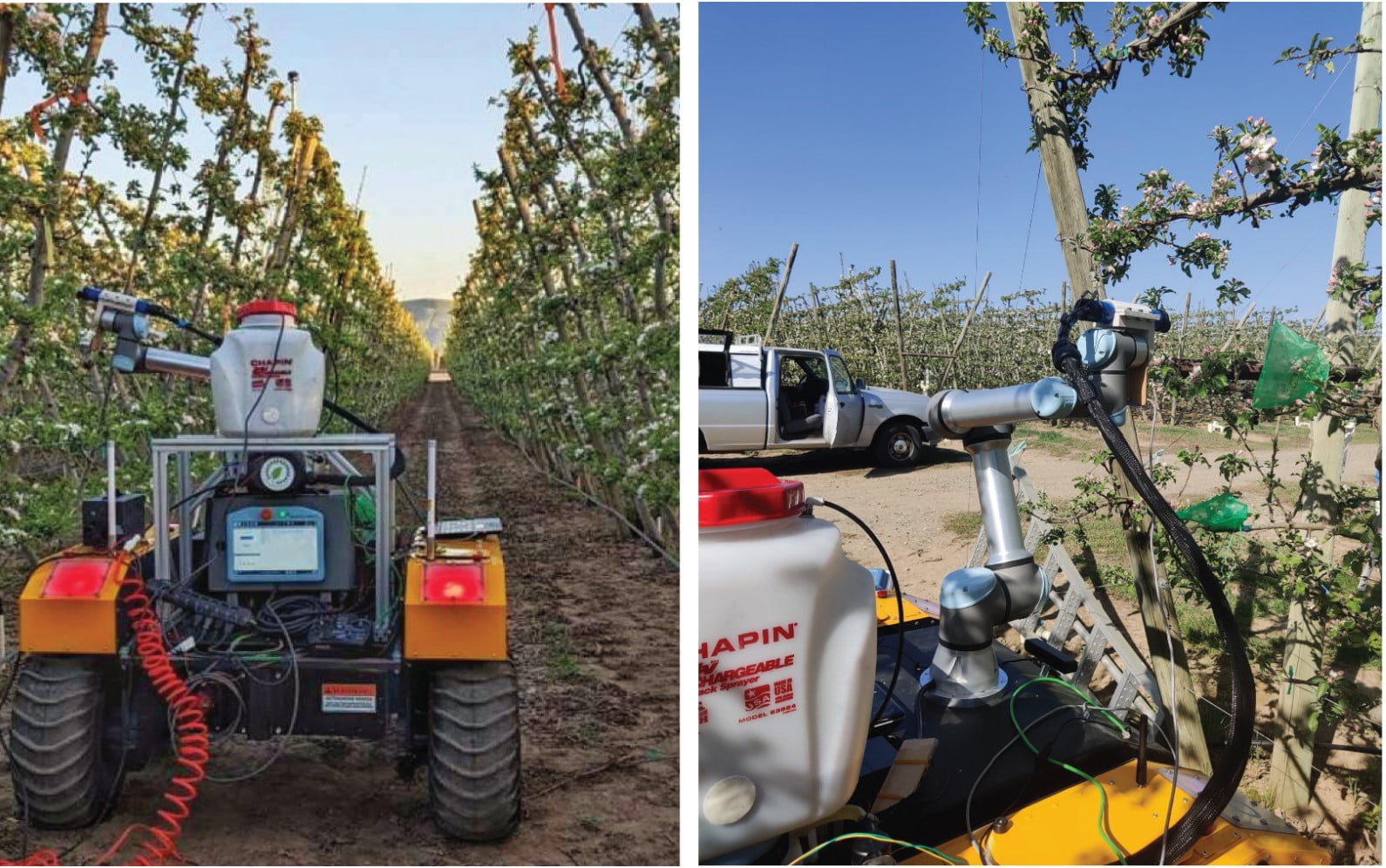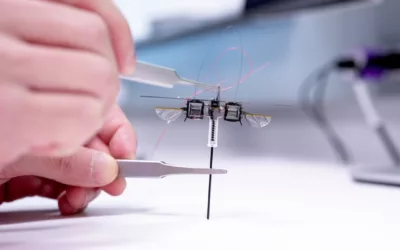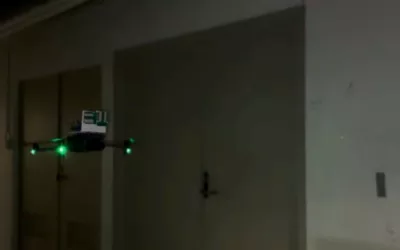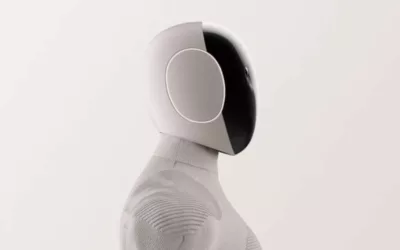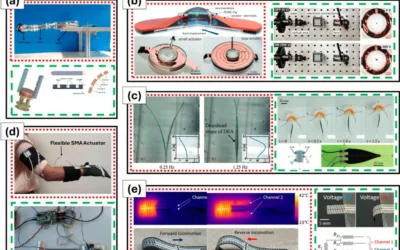As reported by Clearpath Robotics, innovations in the realm of robotics and automation are revolutionizing the agricultural sector, fostering increased productivity while prioritizing environmental well-being. The integration of precision robotics into agriculture holds the potential to mitigate environmental hazards, such as chemical runoff, and promote sustainable farming practices. A notable concern faced by modern farmers is the dilemma of determining the optimal application rate of nitrogen fertilizer. This challenge often leads to excessive fertilization, aimed at ensuring adequate crop yields. However, the overuse of nitrogen can yield adverse effects on both crop productivity and the ecosystem.
The Center for Precision & Automated Agricultural Systems (CPAAS) at Washington State University has embarked on a mission to tackle this challenge. Their focus lies in developing a machine-vision solution dedicated to precision nitrogen application within apple orchards. The ultimate goal is to evaluate the nitrogen levels of individual trees within commercial orchards using this sophisticated system, and subsequently administer precise amounts of nitrogen at the right moments and locations.
Enhancing Nitrogen Application Precision
All nitrogen forms introduced into the soil eventually transform into inorganic nitrate, a crucial nutrient for plant growth. However, the predominantly negative charge of soils renders nitrate susceptible to free movement within the soil, posing environmental risks. While adequate nitrogen is pivotal for augmenting crop yield and quality, excessive nitrate in the soil can lead to detrimental effects. Recent studies emphasize that applying more than 50 kg of nitrogen per hectare (44 lbs per acre) as fertilizer increases the risk of groundwater contamination without corresponding production benefits. This underscores the urgent necessity for a refined management approach that curtails excessive fertilizer usage on trees.
Addressing this need, CPAAS has harnessed the capabilities of the Warthog autonomous platform to engineer a system that optimizes nitrogen application levels on a per-tree basis. By embracing the Warthog’s adaptability and robustness, the team aims to improve both fruit yield and quality while simultaneously minimizing environmental repercussions.
Mapping Growth and Tailoring Nitrogen Application
Creating a machine-vision system to oversee tree growth and assess nitrogen demands is no simple feat, particularly when it entails mapping individual trees across diverse growth stages and integrating this data cohesively. The team’s choice of the Warthog as the foundational platform for their autonomous solution proved strategic. This versatile robot facilitated the integration of multiple sensors, including Stereolabs ZED2 and Intel Realsense cameras, necessary for gauging fruit tree canopies and accurately applying nitrogen to the root zones. Additionally, the robot’s UR5e manipulator arm, complete with solenoid valves and a nozzle, enabled the precise actuation of the spray system.
Paving the Way for Orchard Advancements
Warthog is able to navigate orchard rows, identify individual trees, and apply tailored nitrogen doses accurately. The ongoing efforts involve compiling individual tree data, merging information from multiple field passes, and devising a decision support system for generating nitrogen prescription maps at a per-tree level.
Beyond nitrogen management, Warthog has been enlisted for diverse orchard-centric projects spanning harvesting, pruning, pollination, and even flower and fruitlet thinning. As the team strives to enhance platform autonomy and extend its application to various orchard operations, it’s clear that the Warthog’s contributions are reshaping agricultural practices.

